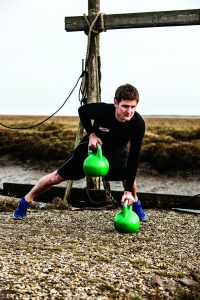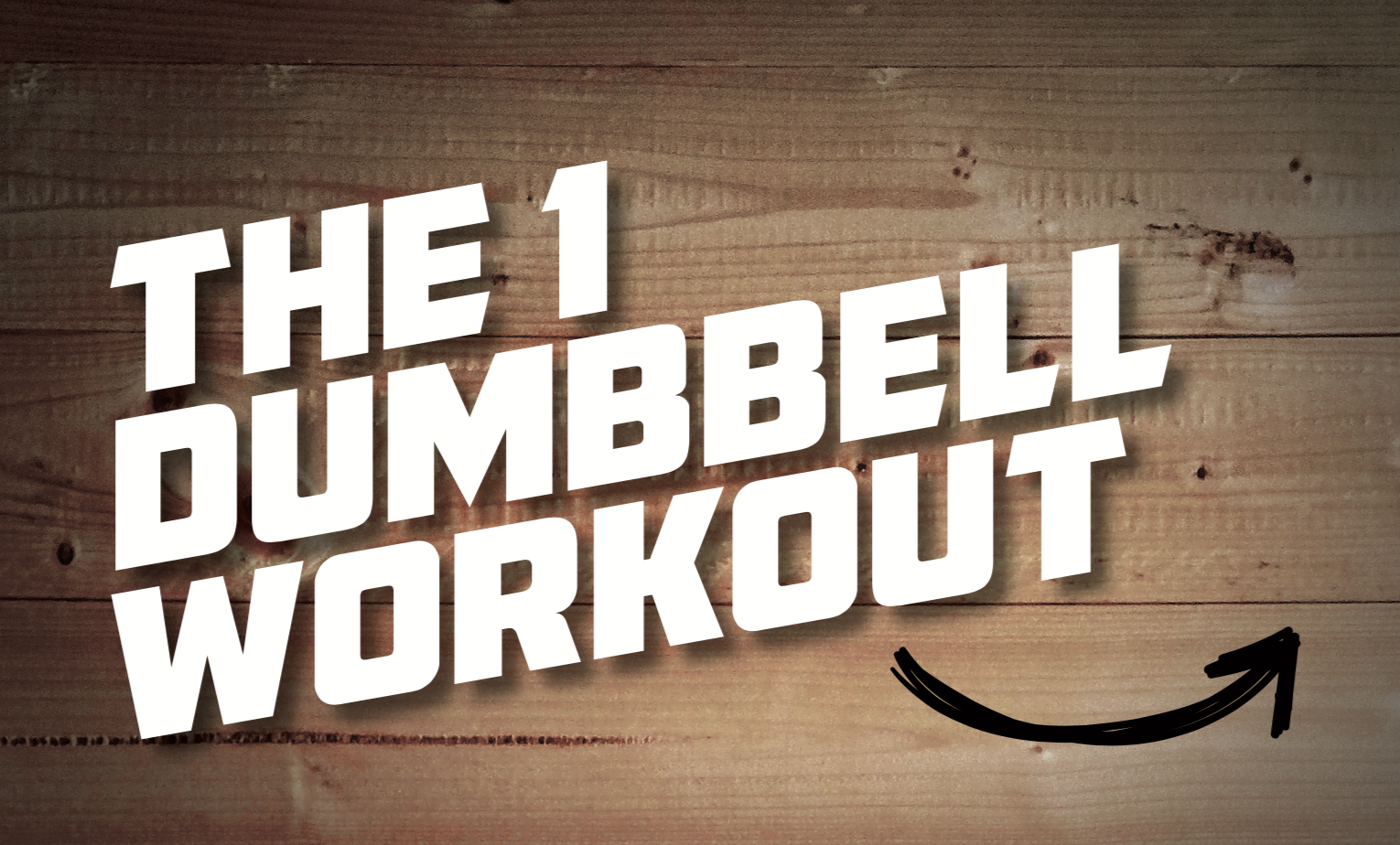Mark Laws explains why size doesn’t matter
Share
 Does size matter? Not according to Mark Laws, it doesn’t…
Does size matter? Not according to Mark Laws, it doesn’t…
Myth
Size equals strength
Reality
For years, girls have been telling us that size doesn’t matter, but there are still a number of people who ignore this advice. To be fair to them, modern popular culture hasn’t done much to debunk this myth, subliminally exposing us to larger-than-life characters such as Hulk, Thor and Thing to name but a few. But for those of us who are not blessed with, or haven’t earned, bulging biceps and barrel chests there is no reason to panic.
The important point here is that size and strength are two completely different things, obtained in different ways. When you are a newbie to the gym it may be possible to put on size and develop strength at the same time…but this phenomenon will soon come to a fork in the road and you will have to decide which way to turn. Do you want to get bigger? Or, do you want to get better at stuff?
Strength is going to be beneficial to every single person throughout every minute of every day – affecting everything from your posture to your ability to go about your daily lives. I know which one I think is more important to concentrate on, but I won’t let my bias steer you away from wanting to mindlessly get bigger…I will however just mention that the girls are 100% correct – size does NOT matter when it comes to performance. But it’s up to you which goal you choose to pursue of course!
5 tips regarding size vs strength
1 – SETS/REPS
FOR SIZE: The total volume of work per exercise will be somewhere between 24 and 48 repetitions (3 sets of 8 up to 4 sets of 12)*
FOR STRENGTH: The total volume of work per exercise will be somewhere between 5 and 25 repetitions (5 sets of 1 up to 5 sets of 5)*
*NB These numbers are basic guidelines, NOT set in stone, multiple other set/rep combinations are available.
2 – EFFORT
FOR SIZE: Hypertrophy is most likely to be achieved around 50-80% of your 1 repetition max (1RM).
FOR STRENGTH: Need to be working closer to your 1 repetition max – at least 80% of 1RM and above.
3 – REST
FOR SIZE: Time in between sets is an important consideration. Depending on the experience and ability of the lifter a two-minute rest should give the ideal amount of time to keep effort levels in the desired range.
FOR STRENGTH: Heavier loads are far more neurologically demanding which means the Central Nervous System requires more rest than muscle tissue – somewhere between 3 and 5-minutes rest will be ideal.
4 – ASSISTANCE EXERCISES
FOR SIZE: These follow your heavier barbell lifts and should be done with a little more volume and a little less rest. 3-5 exercises, 3-5 sets of 10 with a 90 -second rest is great for getting the job done, according to Todd Bumgardner.
FOR STRENGTH: Much different to the advice for building size and should target any weak points in technique. If the volume isn’t reduced then you can easily overload the CNS and hamper progress. Try reducing loads to 70-80% 1RM and reduce to 2-4 exercises.
5 – BENEFITS
FOR SIZE: Bigger muscles and tighter t-shirts.
FOR STRENGTH: Improves bone health, develops better mechanics, improves your posture, makes everyday life easier to cope with, increases balance and co-ordination, reduces risk for a number of medical conditions, increases energy levels, improves sleep habits, enhanced athletic performance and anti-depressant properties etc etc etc.



















FOLLOW BESTFIT